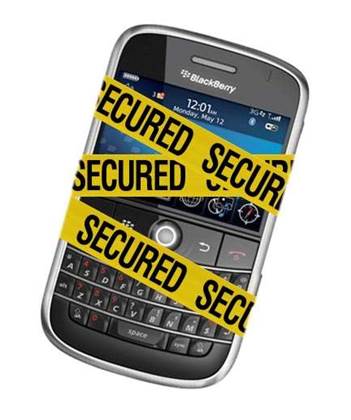
Securing mobile data has become an increasingly prevalent issue for businesses in recent times, as notebooks and smartphones gain ubiquity in the corporate world.
Employees who access corporate data remotely and out of office hours may threaten the security of sensitive information in cases of accidental loss or theft of their mobile devices.
IT contractor EDS recently was reported to have lost a portable hard drive containing data on as many as 1.7 million prospective U.K. armed forces recruits.
The incident follows the U.K. Ministry of Defence’s recent admissions to the loss of three hard drives containing details of more than 50,000 members of the Royal Air Force, and the loss of loss of 658 laptops and 121 USB data drives since 2004.
Other storage devices such as CDs and flash memory cards also have resulted in data leakage in the past.
Sensitive MI6 photos found their way to the public last month via a camera that was sold on eBay. Meanwhile, in March, HSBC lost a CD containing names, life insurance cover levels and dates of birth of 370000 of its customers, prompting industry criticisms of ‘basic stupidity’.
Microsoft has partnered with Nokia, Apple and Sony Ericsson to safeguard sensitive information through technology that wipes clean the memory of missing smartphones.
Dubbed Microsoft System Centre Mobile Device Manager 2008, the technology is a function of Windows Mobile 6.1, and allows system administrators to deliver a ‘kill command’ to a lost or stolen mobile device via Microsoft Exchange.
The kill command is executed as soon as the missing device is connected to a cellular or Internet-enabled network, after which a confirmation notice is delivered to the administrator.


_(22).jpg&h=140&w=231&c=1&s=0)


.png&h=140&w=231&c=1&s=0)



_(26).jpg&w=100&c=1&s=0)

 iTnews Executive Retreat - Security Leaders Edition
iTnews Executive Retreat - Security Leaders Edition












_(1).jpg&h=140&w=231&c=1&s=0)



